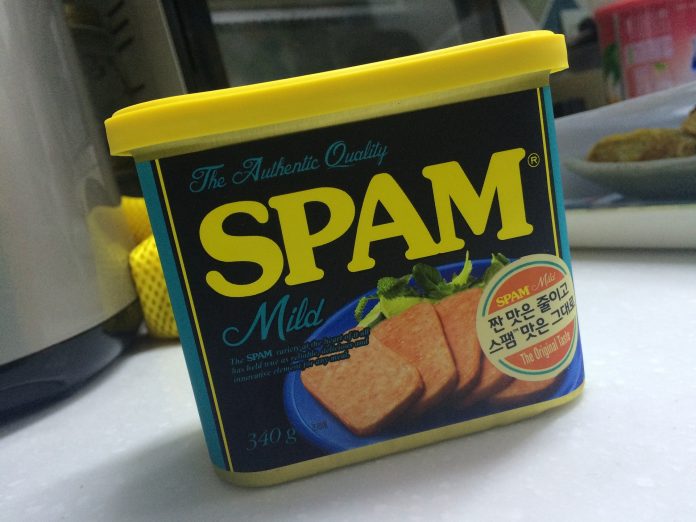Improve Deliverability by Writing Smarter, Not Spammy
Email newsletters are a valuable channel for nurturing customer relationships and driving conversions. But if your carefully crafted message never reaches the inbox — or worse, gets filtered into the spam folder — it doesn’t matter how great the content is.
One of the most common triggers for spam filters? Language. Certain words and phrases are historically associated with spam, scams, or overly aggressive sales tactics. These can flag your emails, lower your sender reputation, and reduce engagement.
In this post, we’ll cover the most common spam-triggering phrases and offer practical tips for writing copy that stays inbox-friendly.
Why Spam Filters Flag Certain Phrases
Email providers like Gmail, Outlook, and Yahoo use sophisticated spam filters that analyze a wide range of factors — one of which is content.
Spam filters often look for:
- Overly promotional language
- Misleading or exaggerated claims
- Financial scams
- Manipulative urgency or pressure tactics
While using a spammy word once won’t always get your email flagged, excessive use or a combination of red flags can significantly hurt deliverability.
Common Spam Phrases to Avoid
Below are some of the most common categories of spammy phrases that can harm your newsletter’s success:
1. Overhyped Sales Language
These often sound too good to be true — and filters are trained to recognize them.
- “Buy now”
- “Act immediately”
- “Limited-time offer”
- “Best price”
- “Order today”
- “Call now”
- “Risk-free”
- “Once in a lifetime”
- “This isn’t a scam”
- “100% free”
Tip: Replace hype with clear value. Focus on how your product solves real problems.
2. Too Much Emphasis on Money
Phrases related to money, especially if they imply fast or guaranteed financial gain, are high-risk.
- “Make money fast”
- “Get paid”
- “Earn extra cash”
- “Increase your income”
- “Financial freedom”
- “No credit check”
- “Eliminate debt”
- “Lowest rates”
Tip: If your product relates to finance, be transparent, factual, and compliant with relevant regulations.
3. Manipulative Urgency and Pressure
Creating urgency is a standard marketing tactic — but overusing these phrases can hurt more than help.
- “Don’t delete this”
- “This won’t last”
- “Must act now”
- “Urgent”
- “Important update”
- “Final notice”
- “Respond immediately”
Tip: You can still create urgency — just do it with a respectful tone and without overusing aggressive commands.
4. Misleading or Unverifiable Claims
False promises or unverifiable statements are spam filter red flags.
- “Guaranteed results”
- “Miracle cure”
- “Lose weight fast”
- “Cure your debt”
- “100% satisfaction guaranteed”
- “No questions asked”
Tip: If you make a claim, back it up. Provide social proof, case studies, or customer testimonials instead of exaggeration.
5. Trigger Words in the Subject Line
Spam filters pay close attention to subject lines. Avoid:
- ALL CAPS
- Excessive punctuation (!!!, £££)
- “Congratulations!”
- “You’ve been selected”
- “You won!”
- “Get it now”
Tip: Write subject lines that are relevant, honest, and aligned with the content of your email.
Best Practices to Stay Out of the Spam Folder
Avoiding spam words is important, but it’s only one piece of the puzzle. Here’s what else you should be doing:
Use a Recognizable “From” Name
Subscribers should immediately recognize who the email is from. Avoid generic senders like “noreply@” or unfamiliar aliases.
Maintain List Hygiene
Regularly clean your list by removing inactive or bounced emails. This improves your sender reputation.
Personalize and Segment Your Campaigns
Tailor your emails to user behavior, interests, and demographics. The more relevant the message, the lower the chance of being flagged.
Authenticate Your Domain
Set up SPF, DKIM, and DMARC to show email providers that your messages are legitimate.
Provide a Clear Unsubscribe Option
Make it easy for users to opt out. Hiding or omitting an unsubscribe link can violate spam laws and increase complaints.
Conclusion
Getting into the inbox isn’t just about avoiding a few bad words — it’s about building trust and delivering value consistently. That said, using fewer spam-triggering phrases can reduce your risk of deliverability issues and ensure more subscribers actually see your content.
As a general rule:
If it sounds like a scam, looks like a gimmick, or reads like a late-night infomercial — don’t include it in your email.
Write like a human. Focus on solving problems, adding value, and speaking directly to your audience.
Need help reviewing your email copy for spam risks? Or want a full deliverability audit? Get in touch — we’re here to help.


